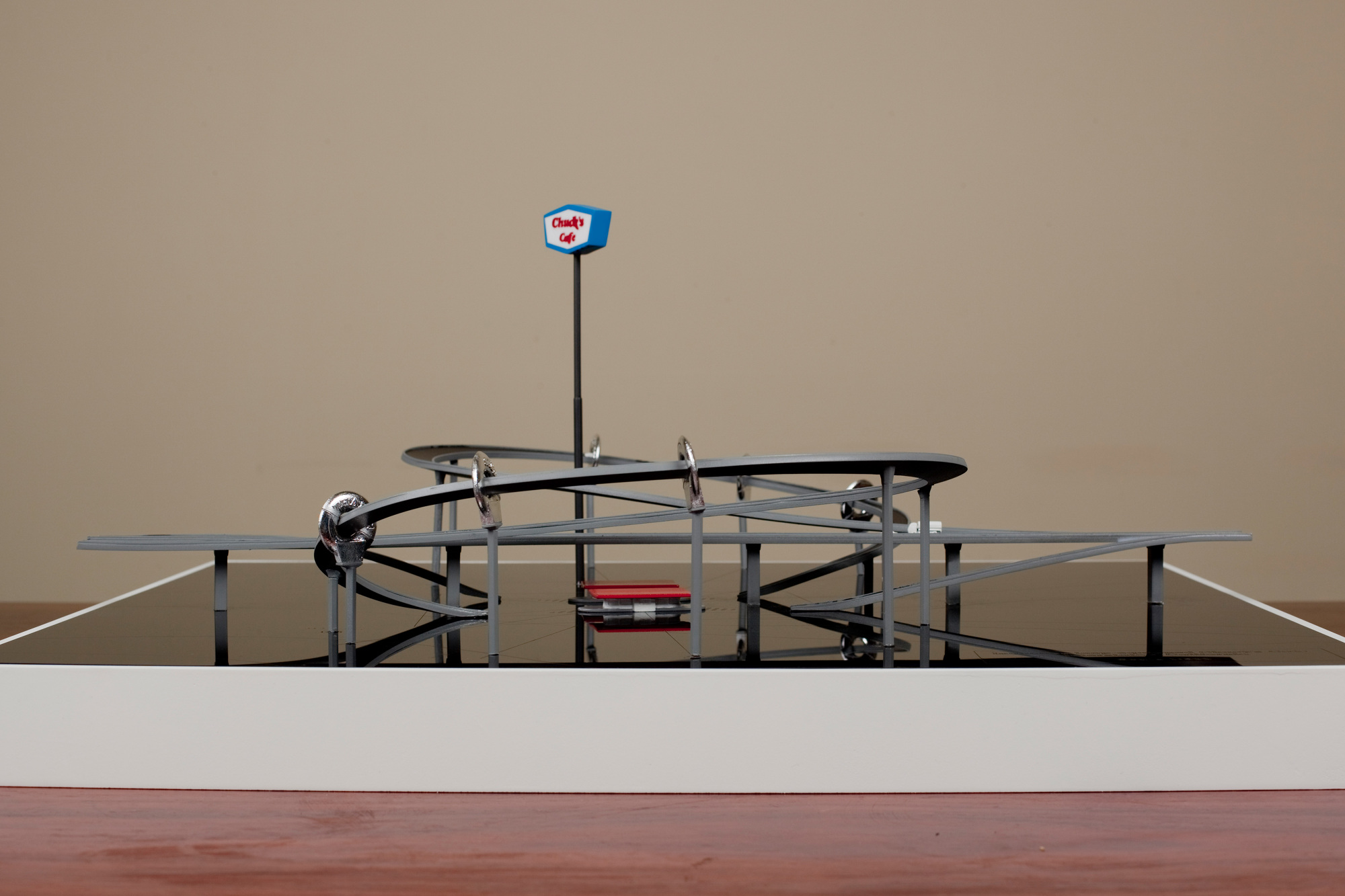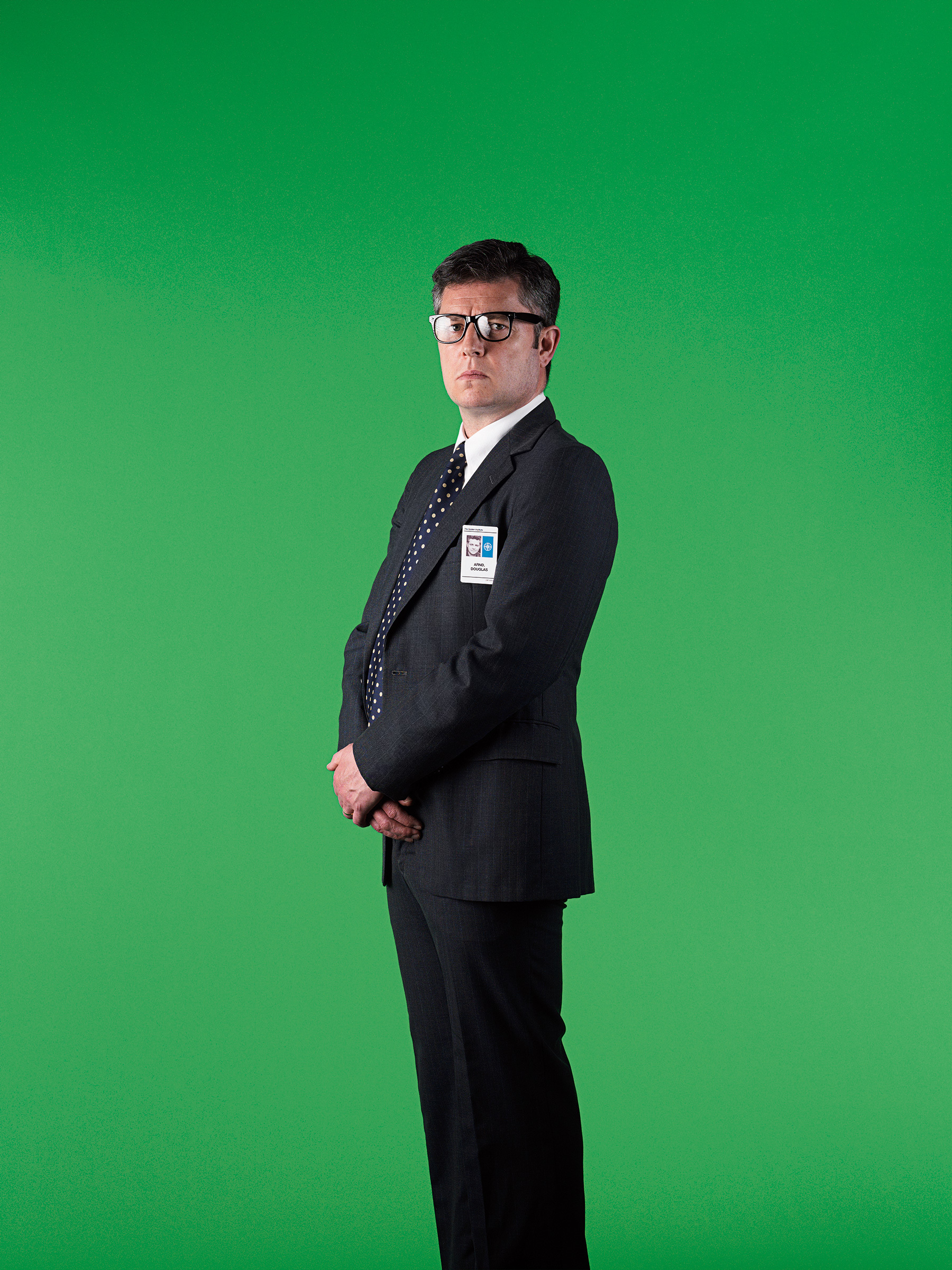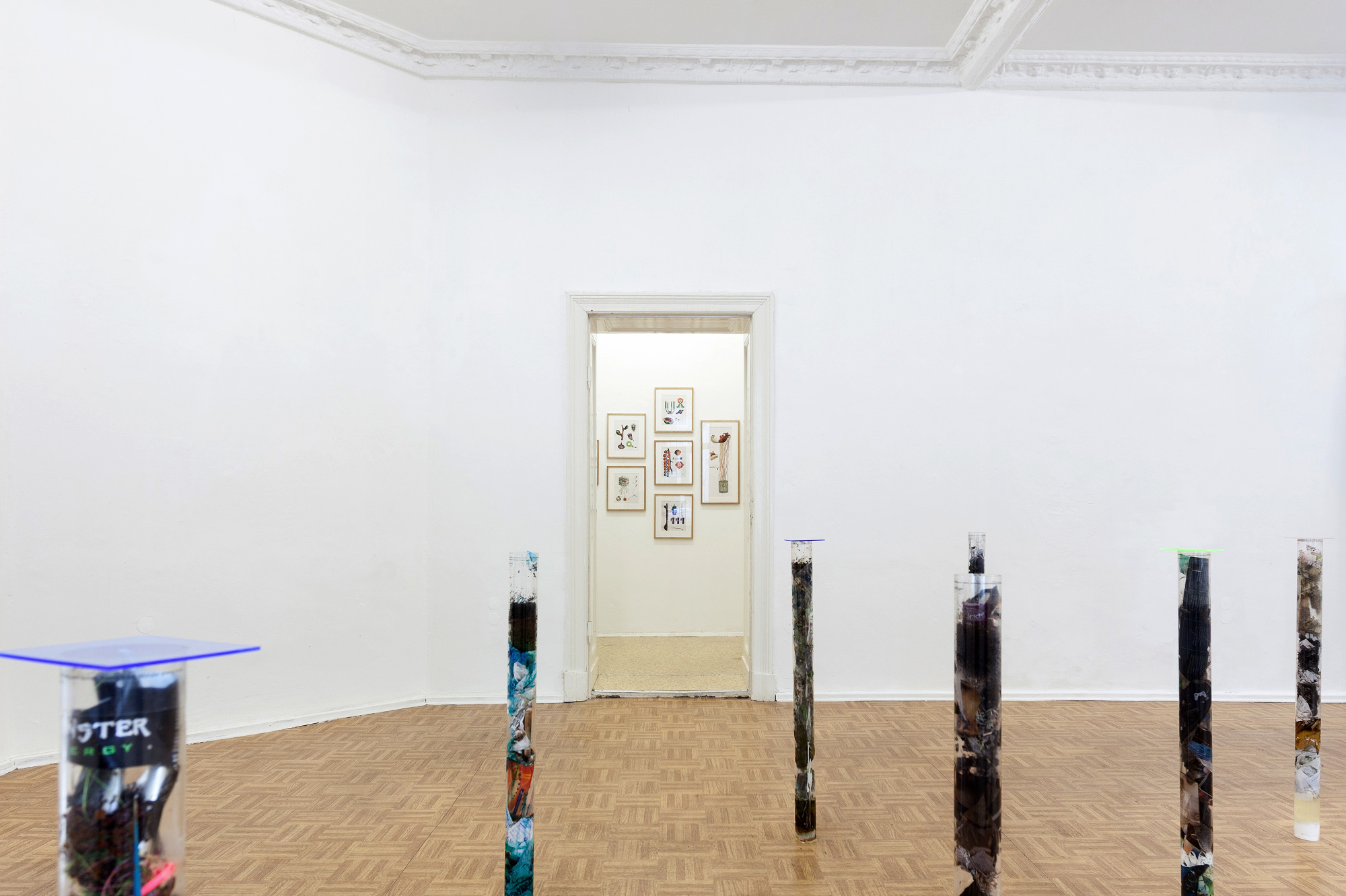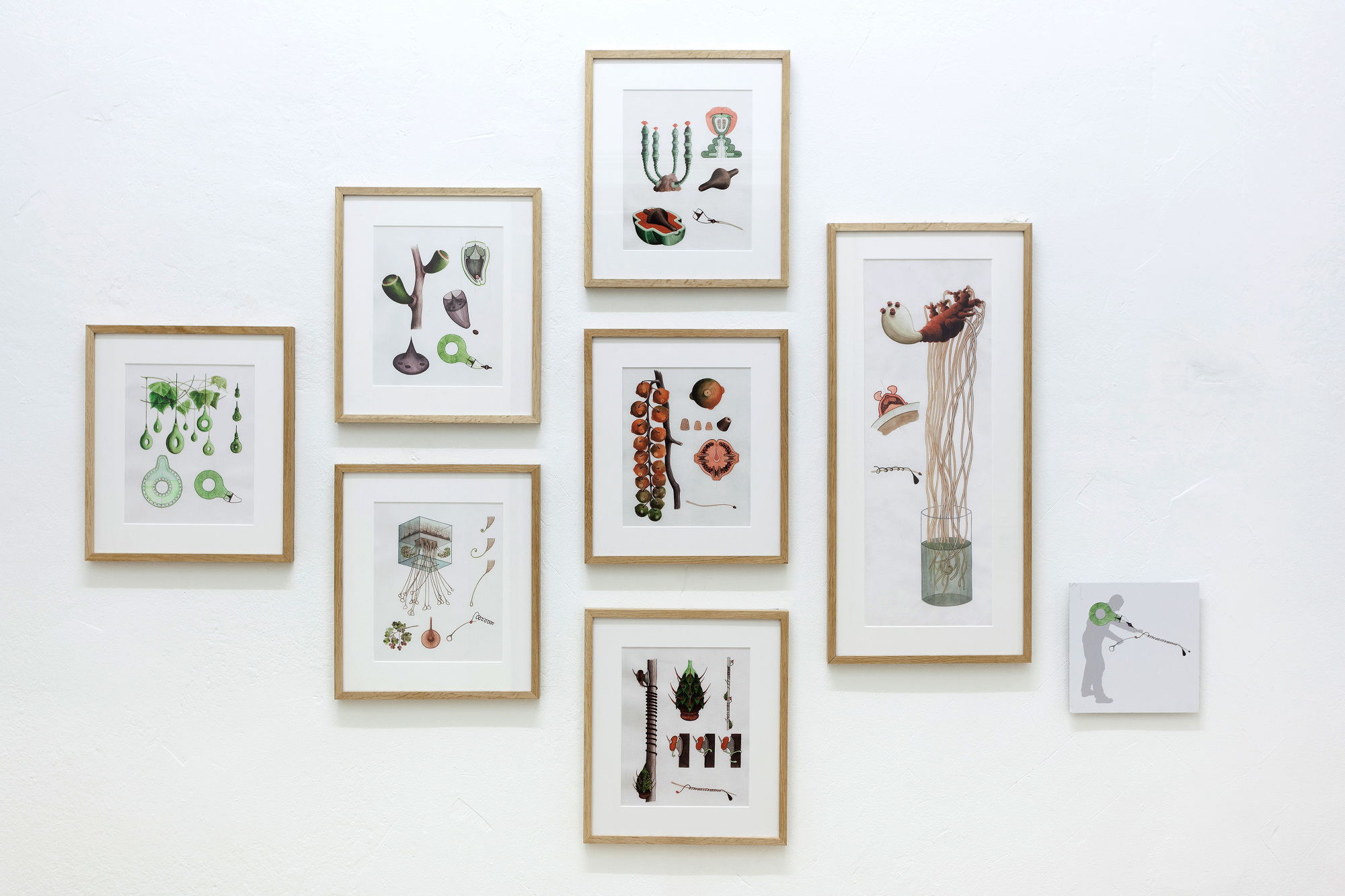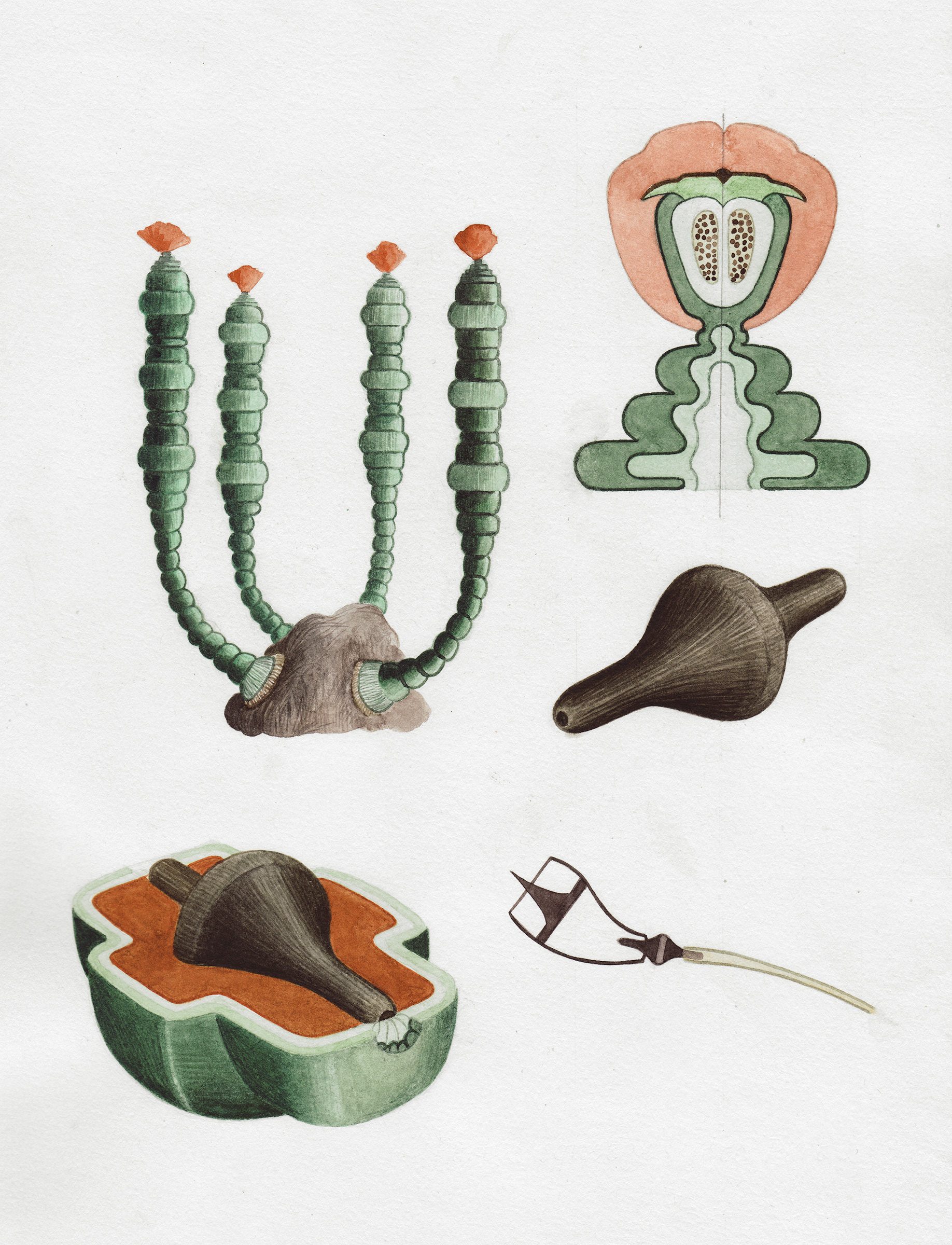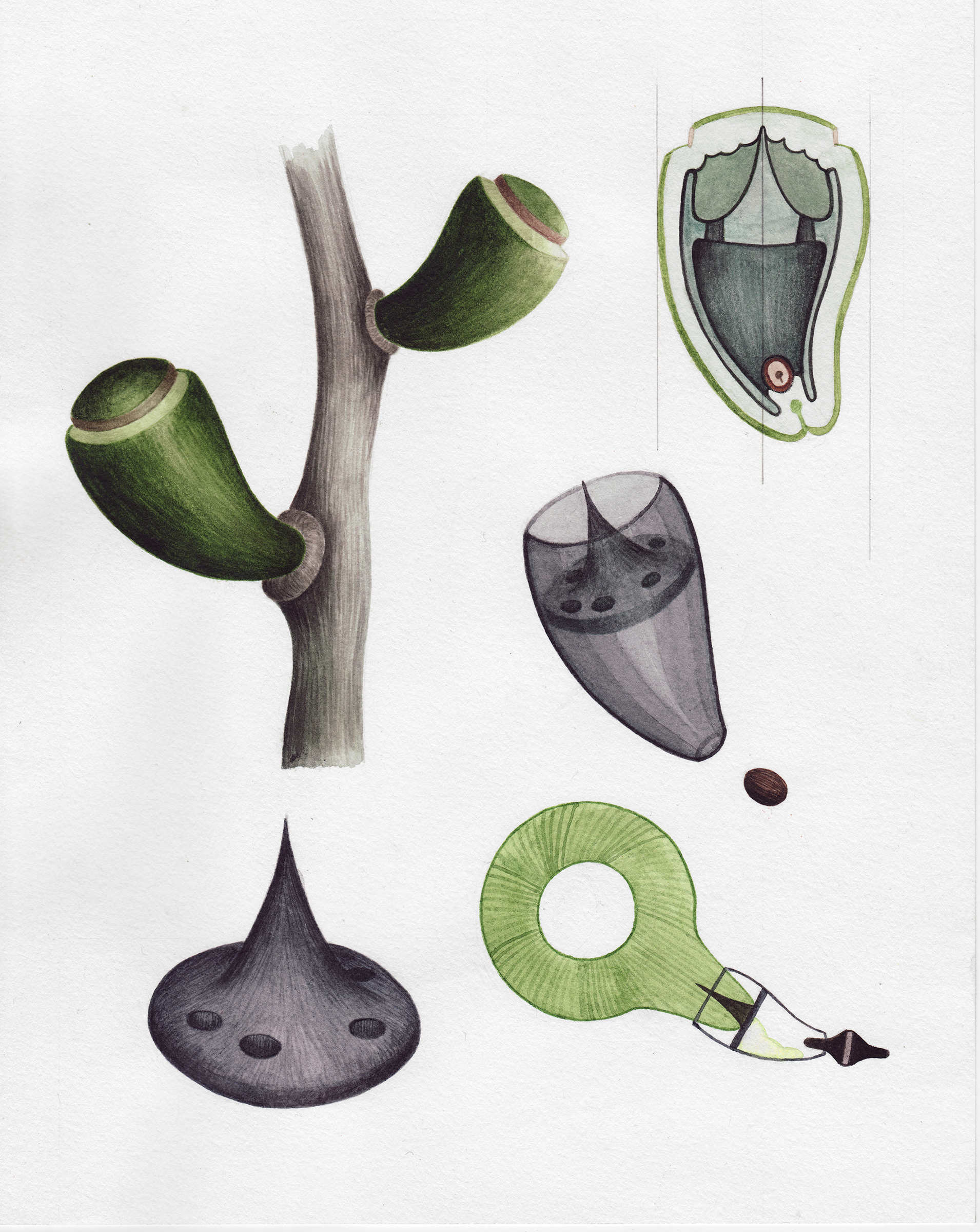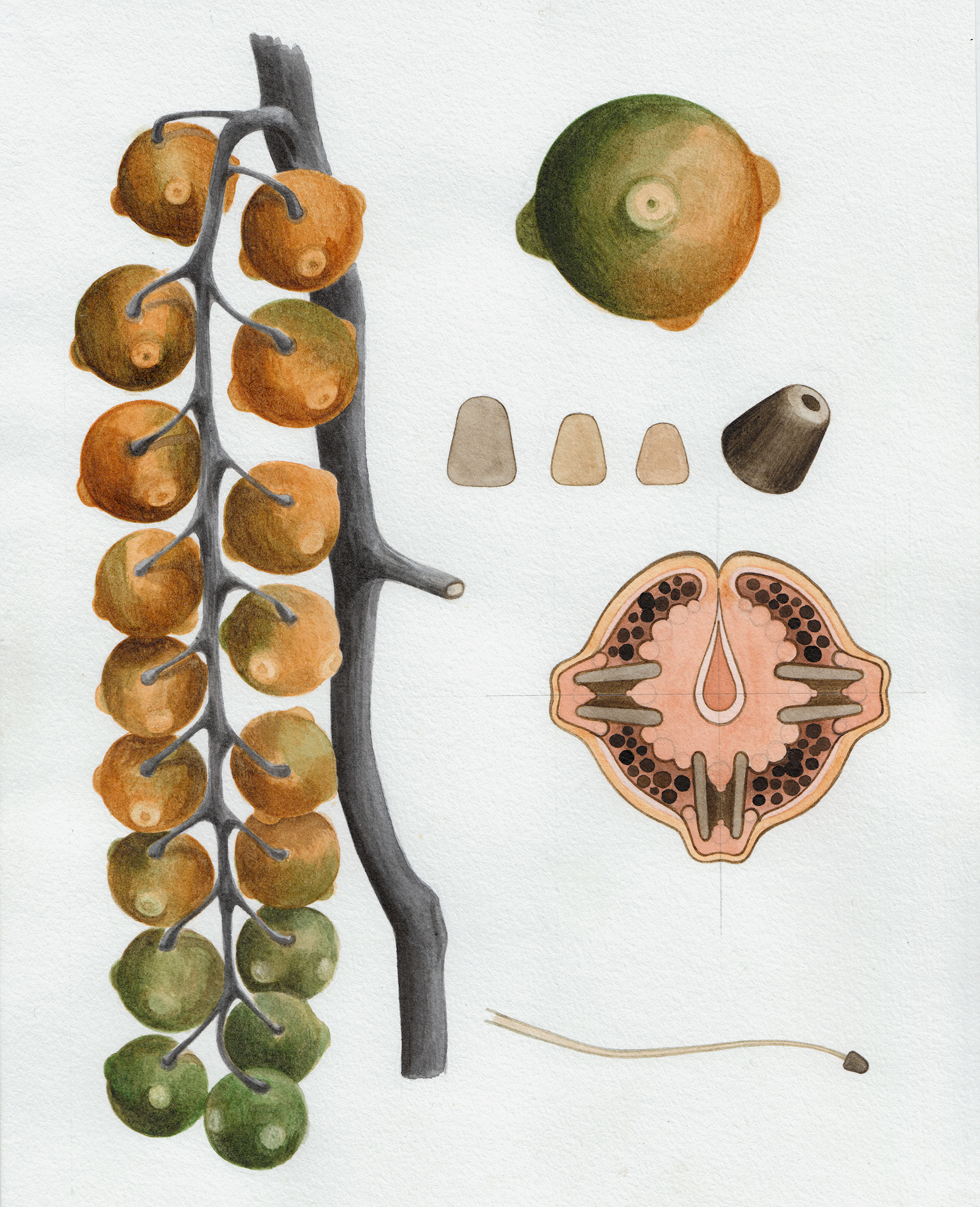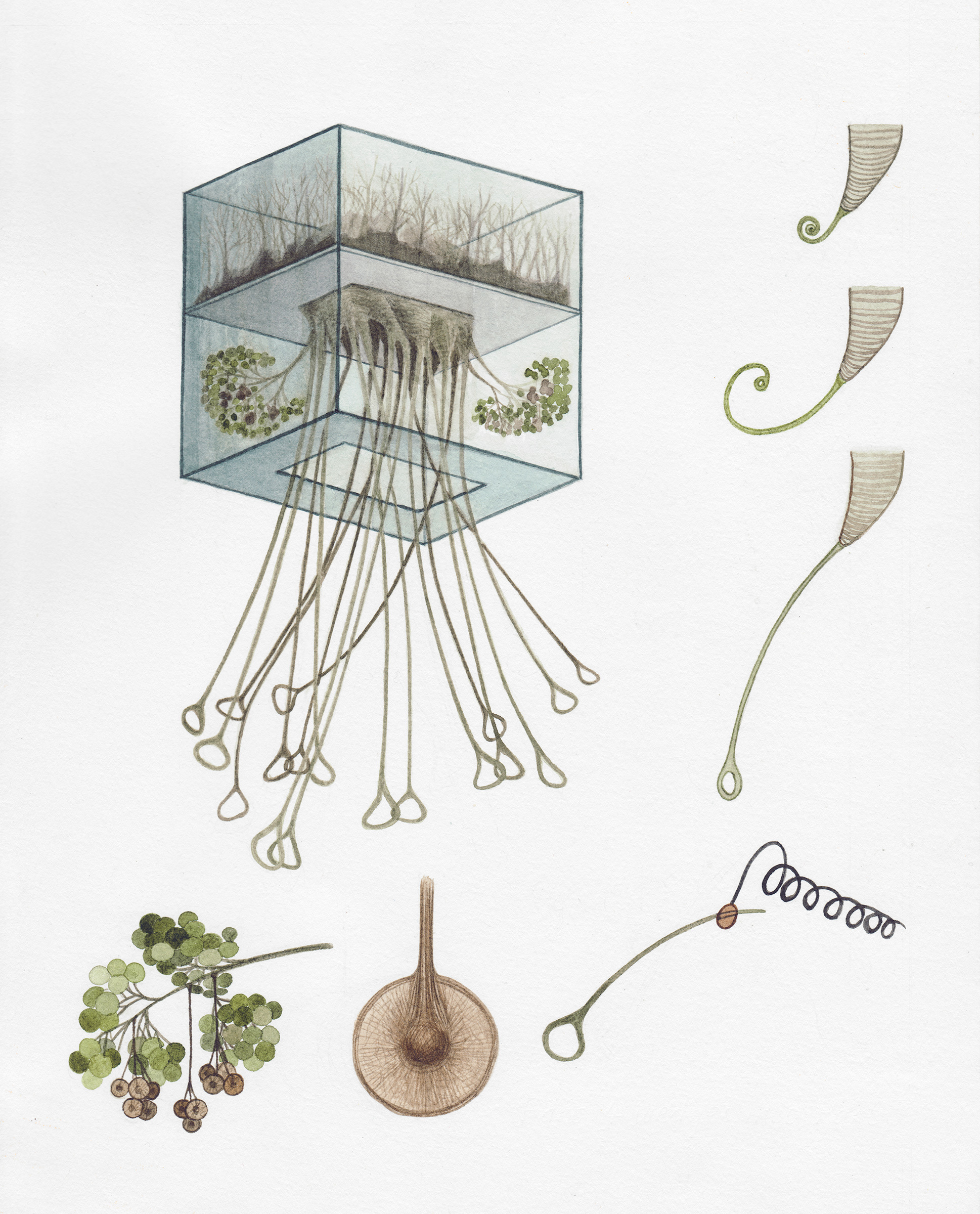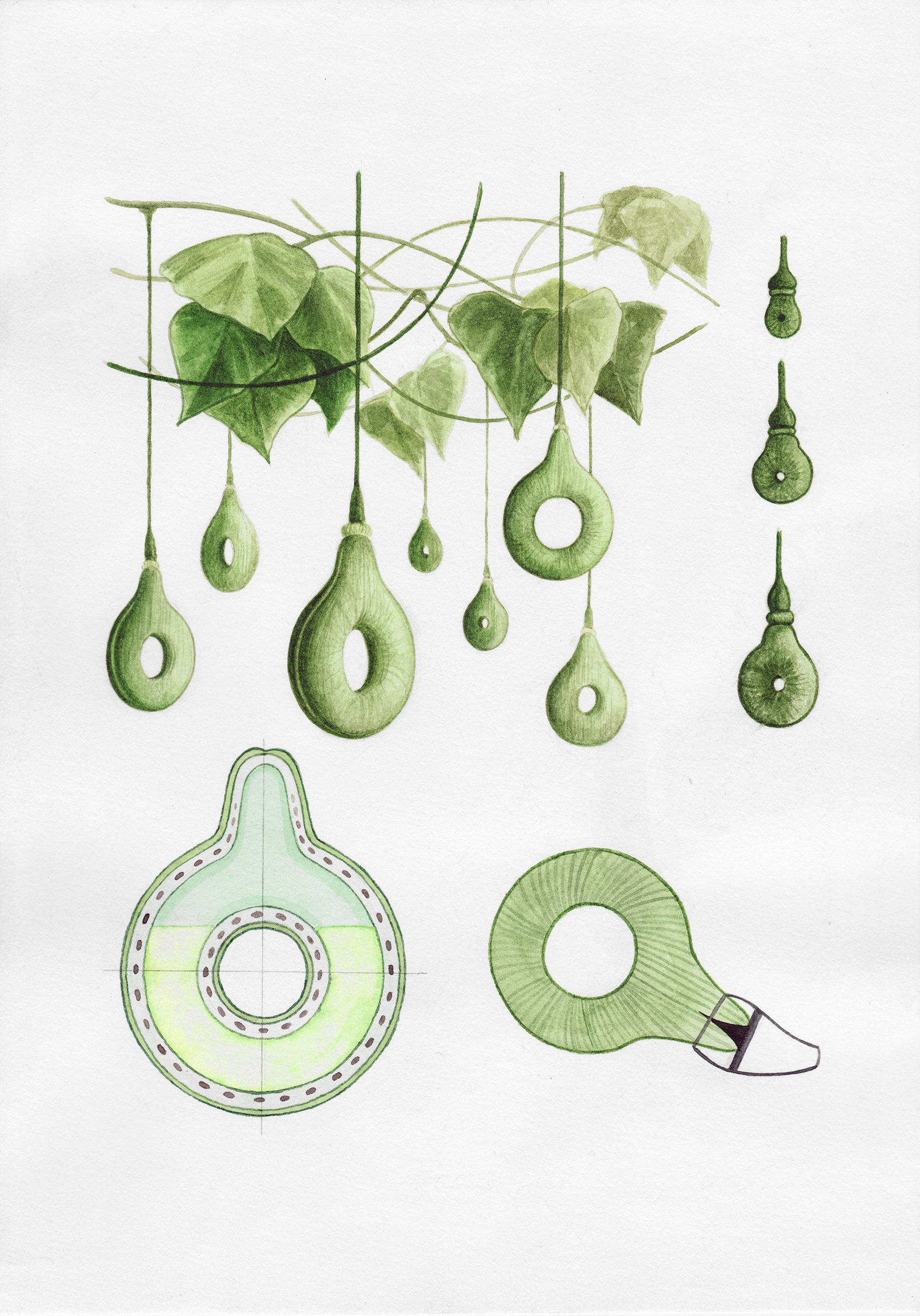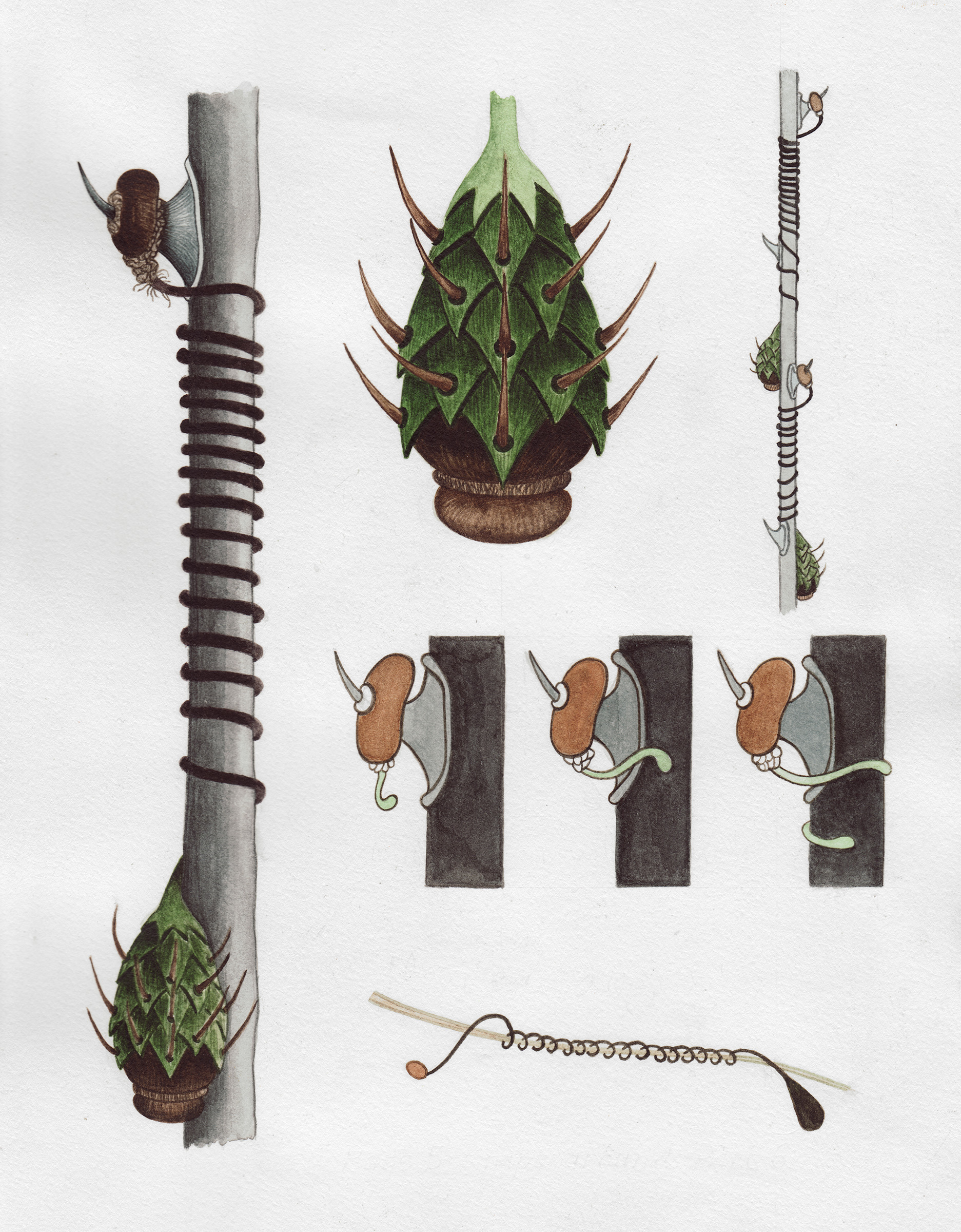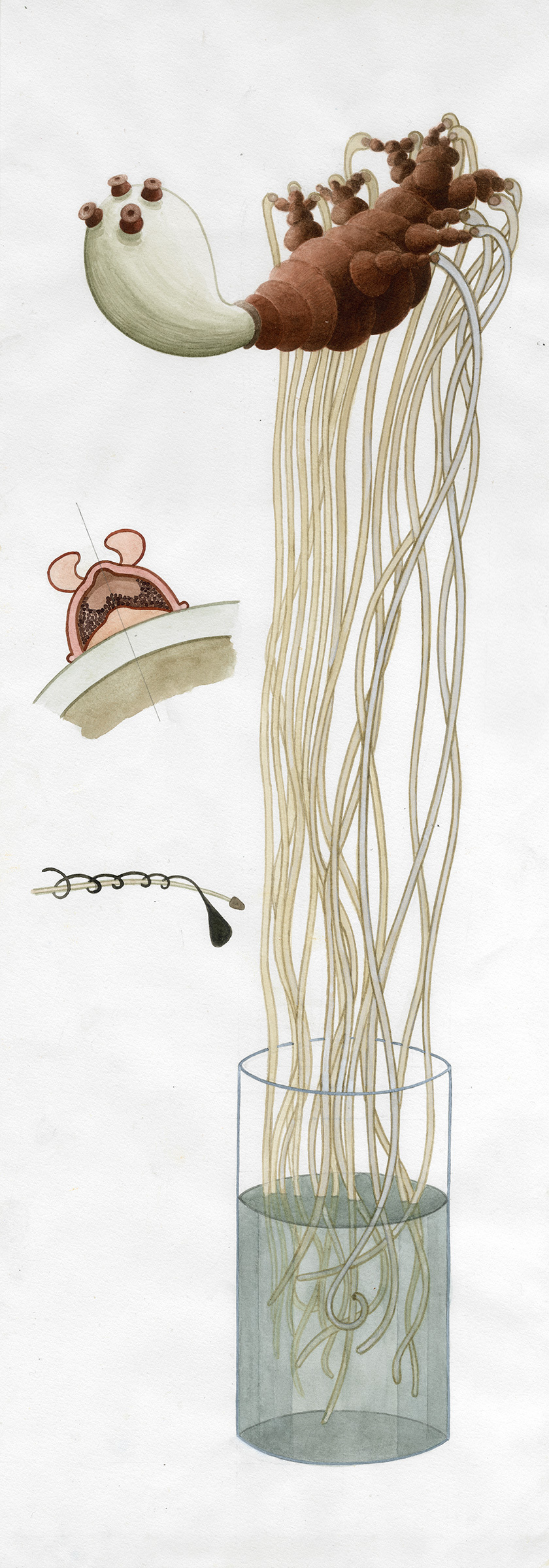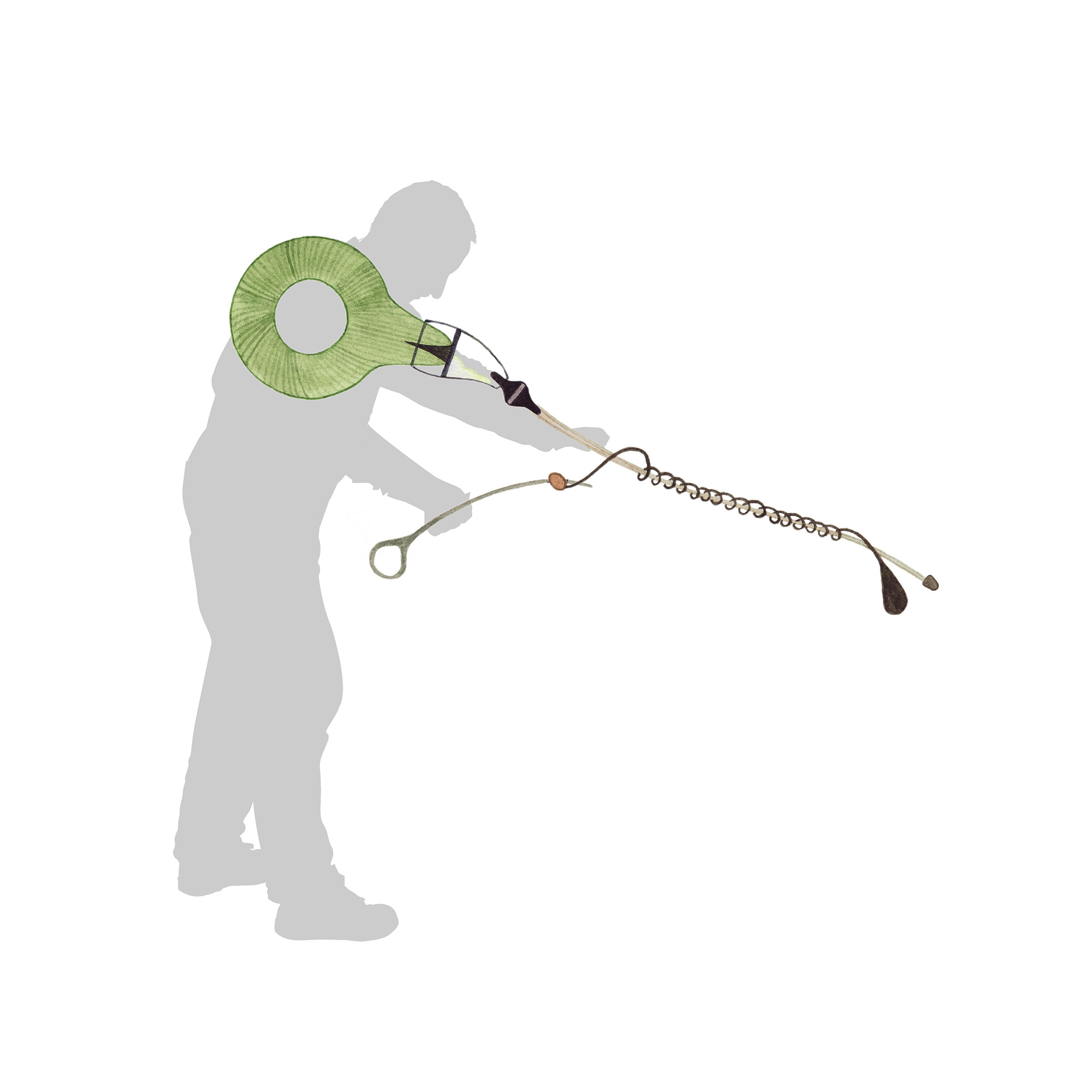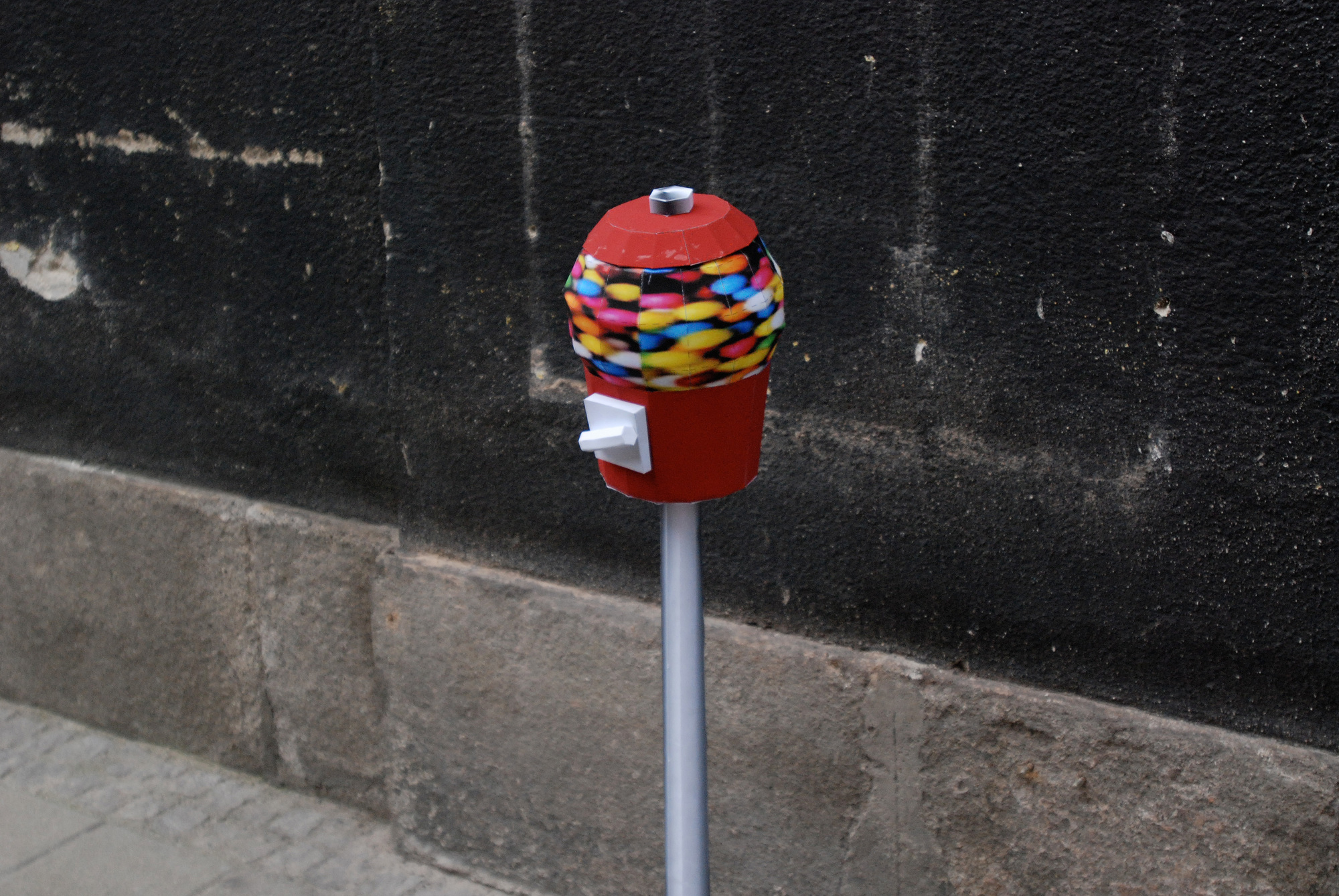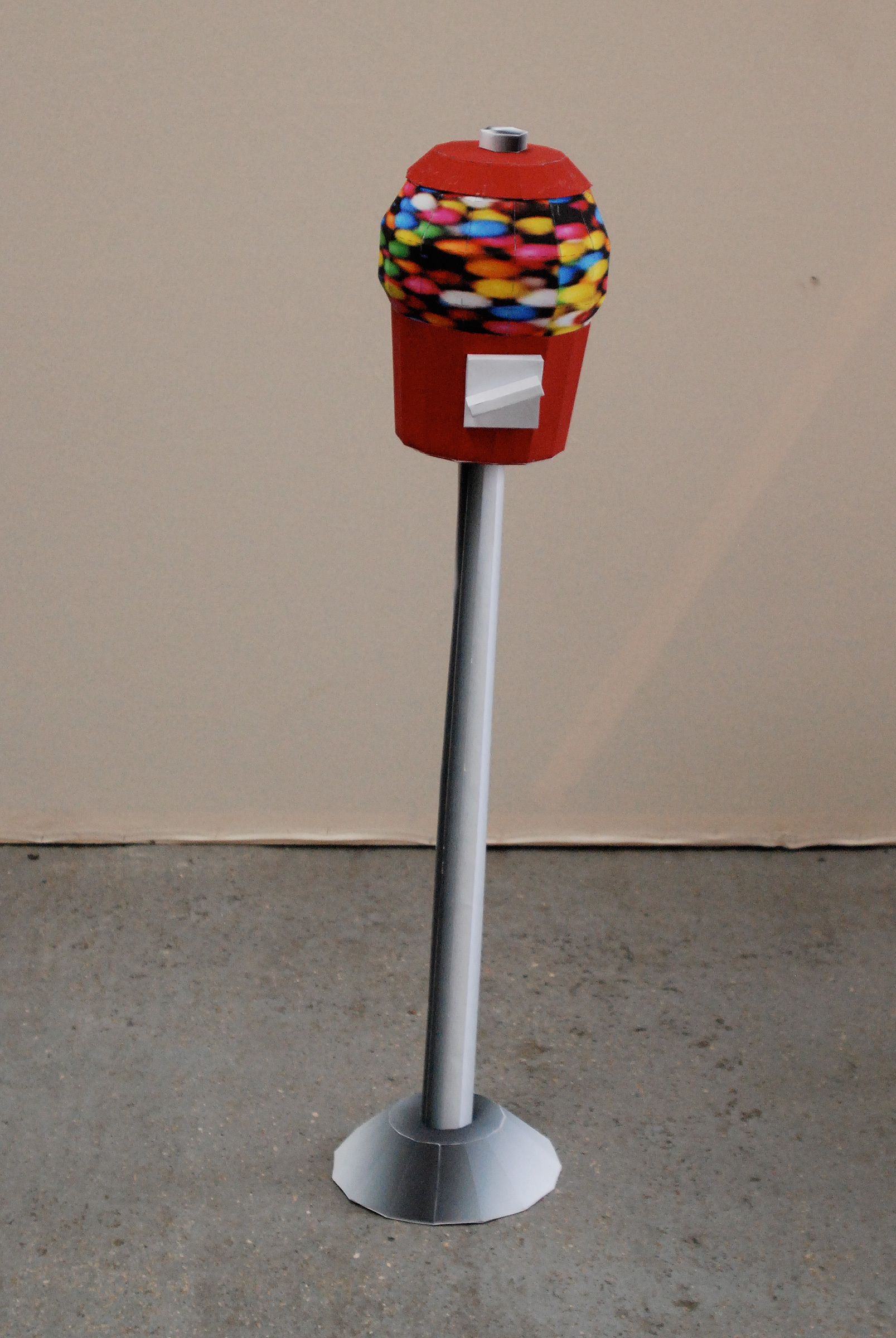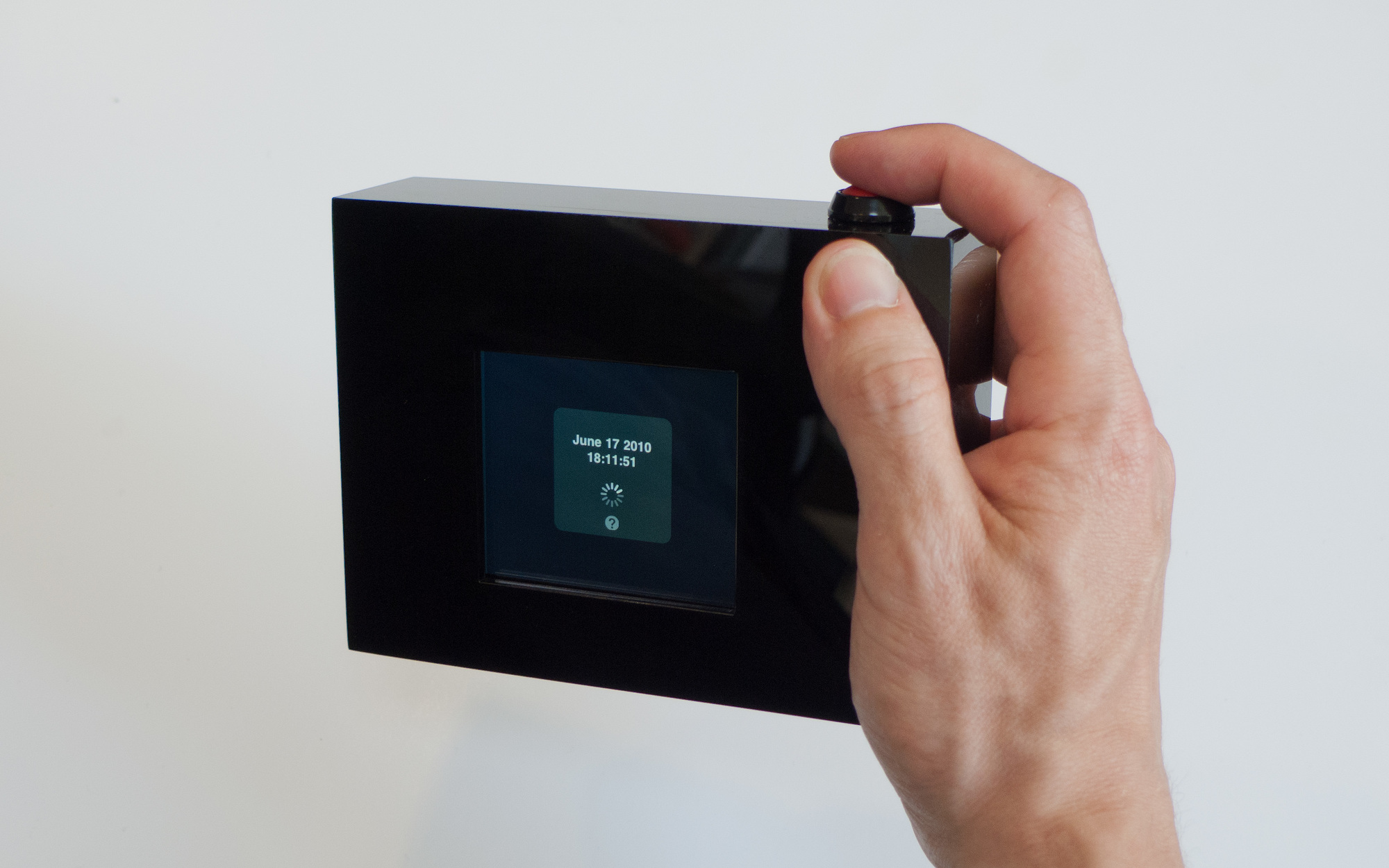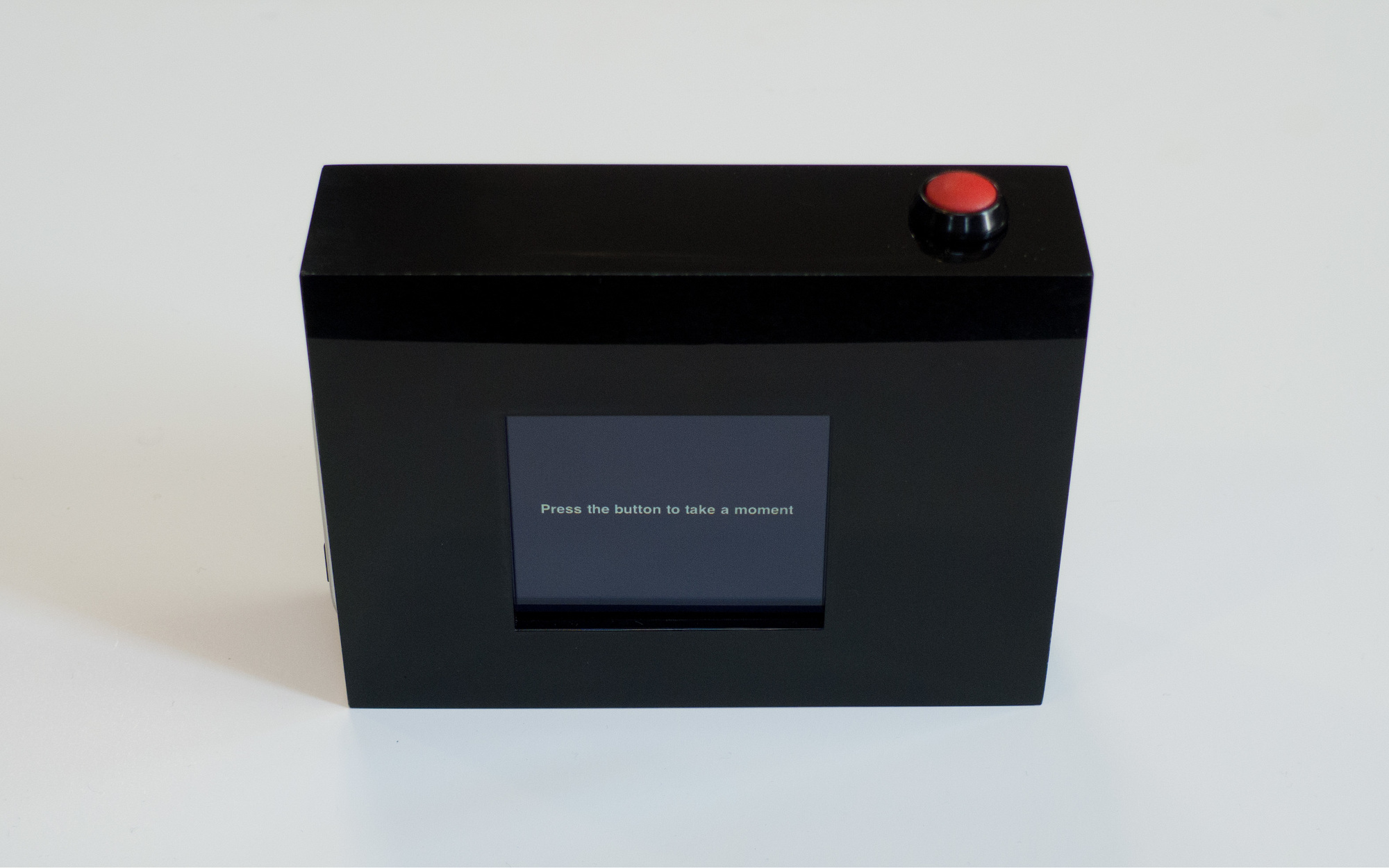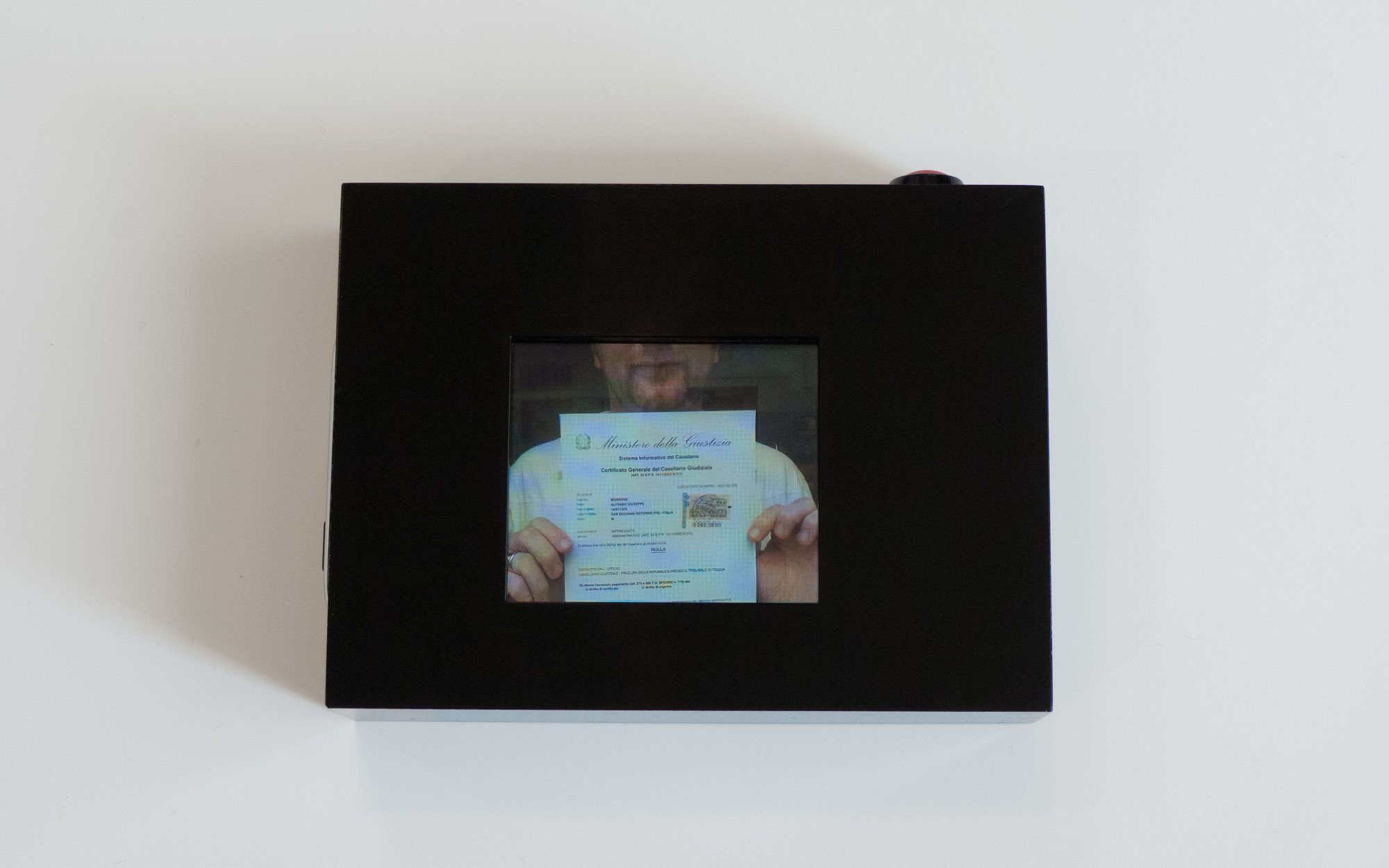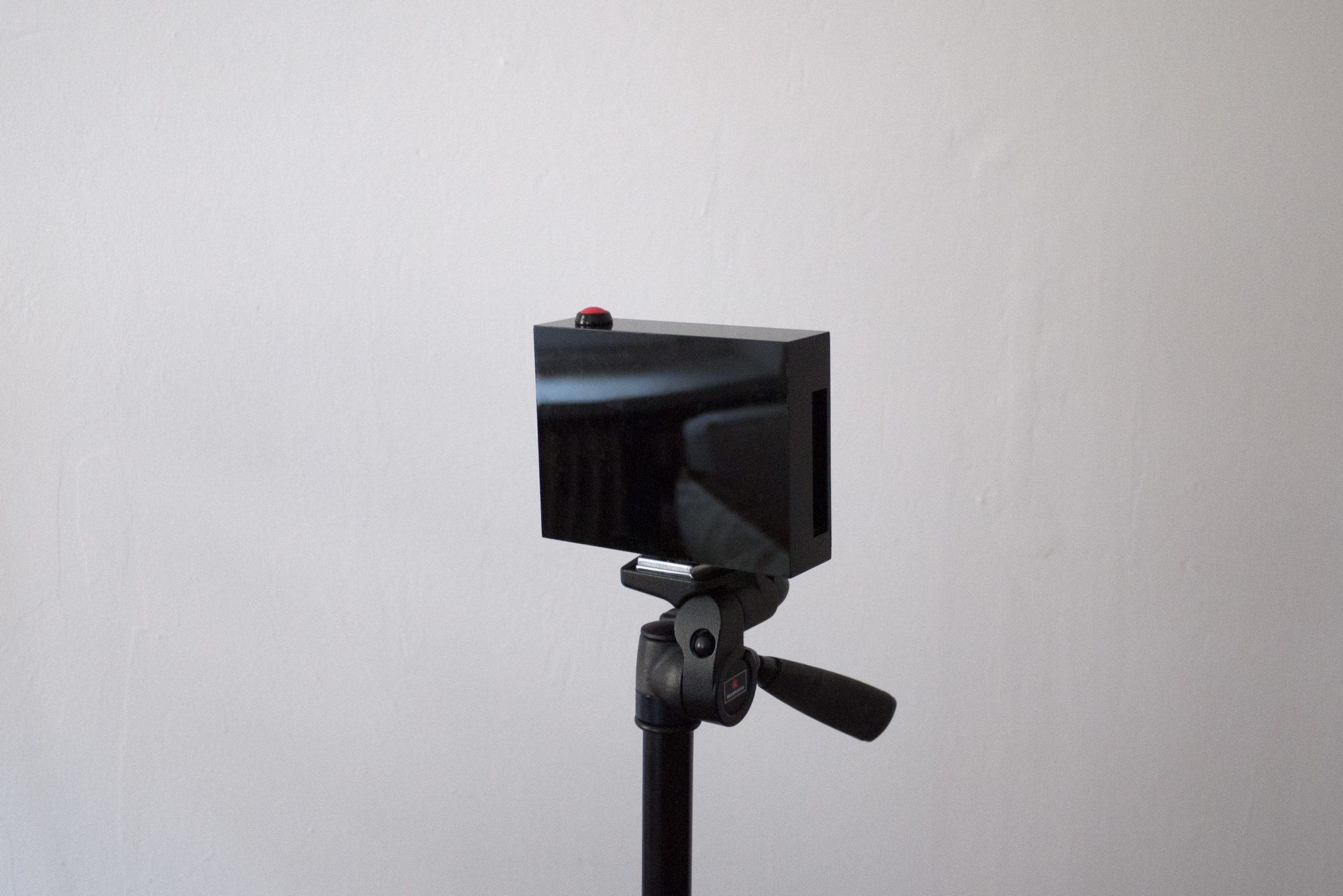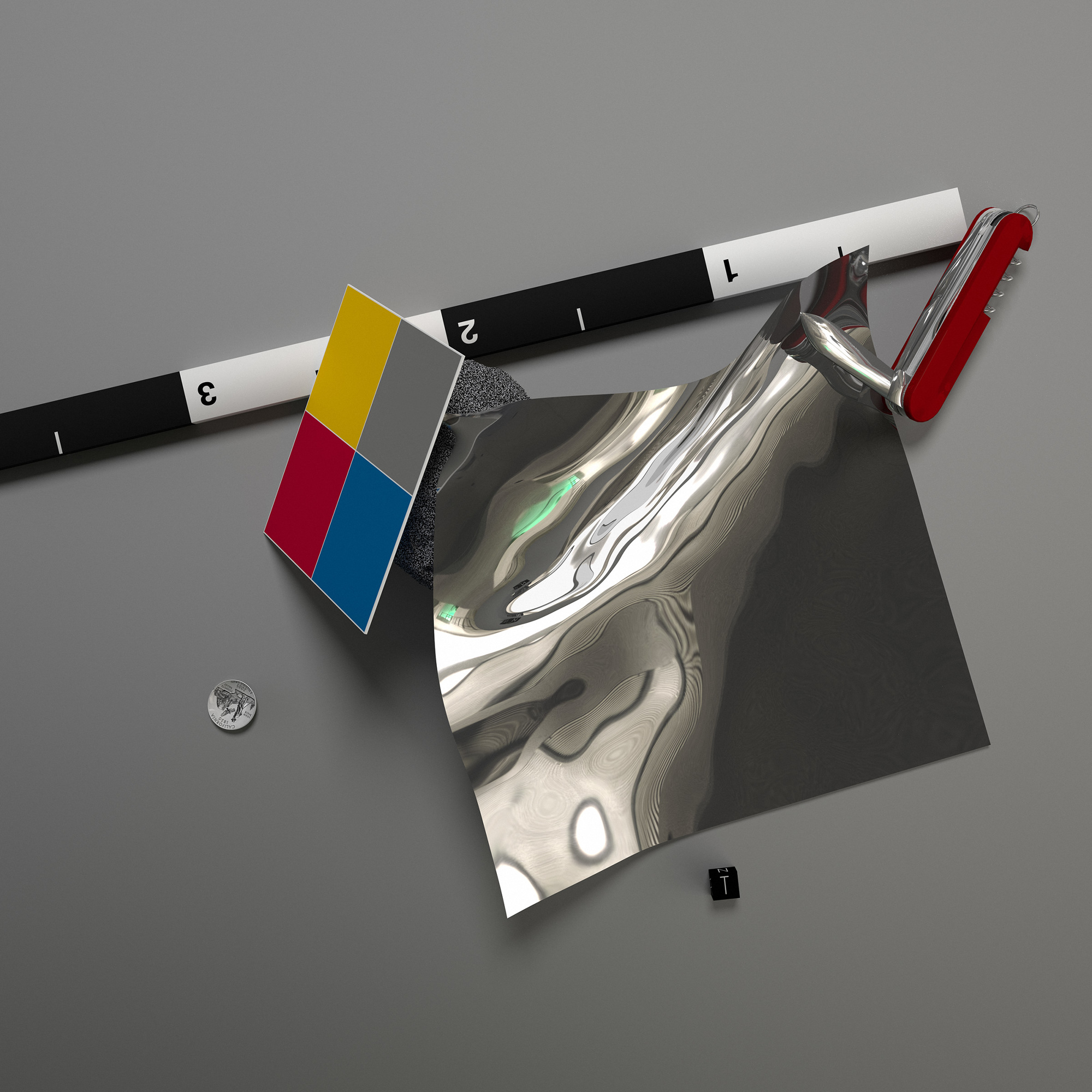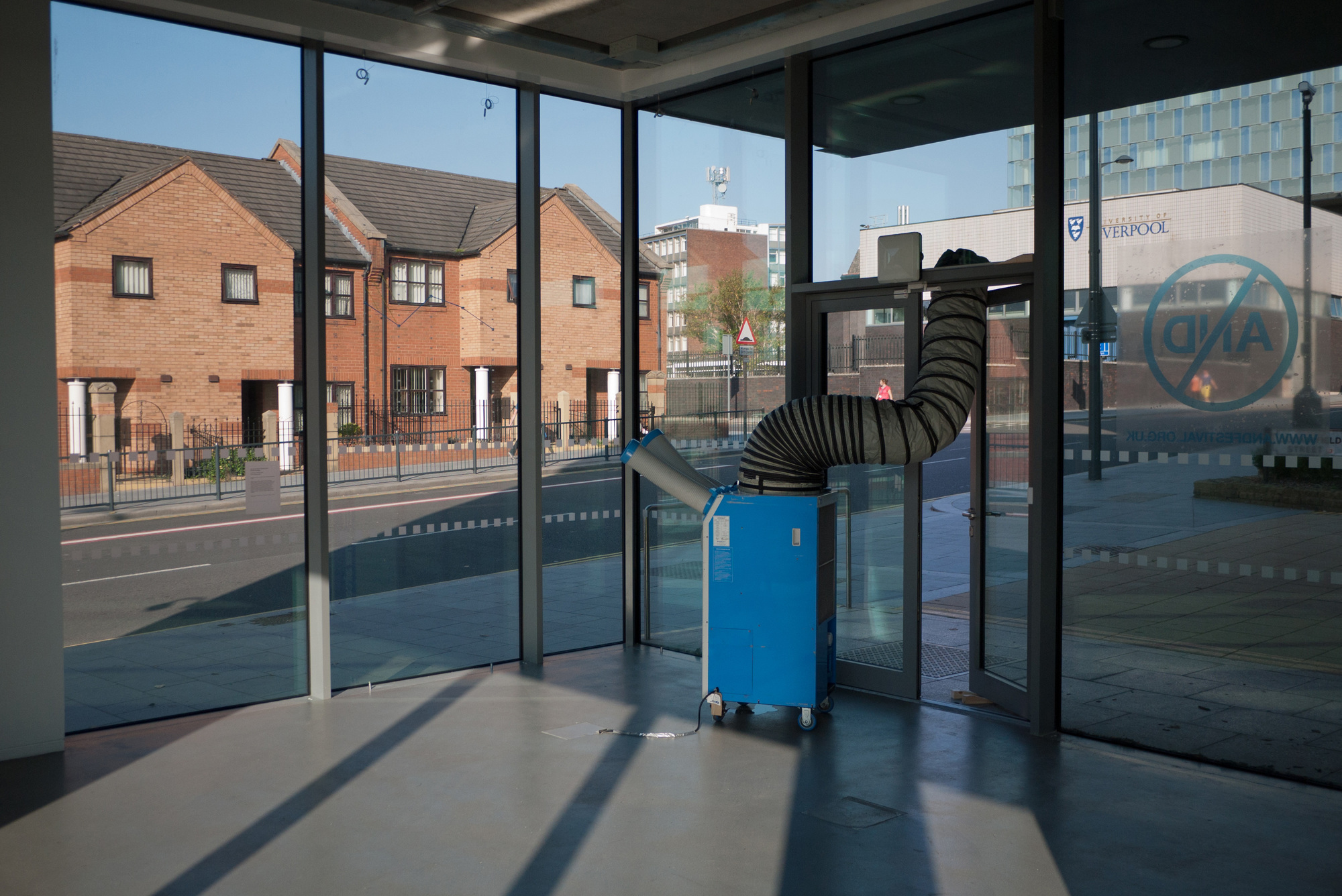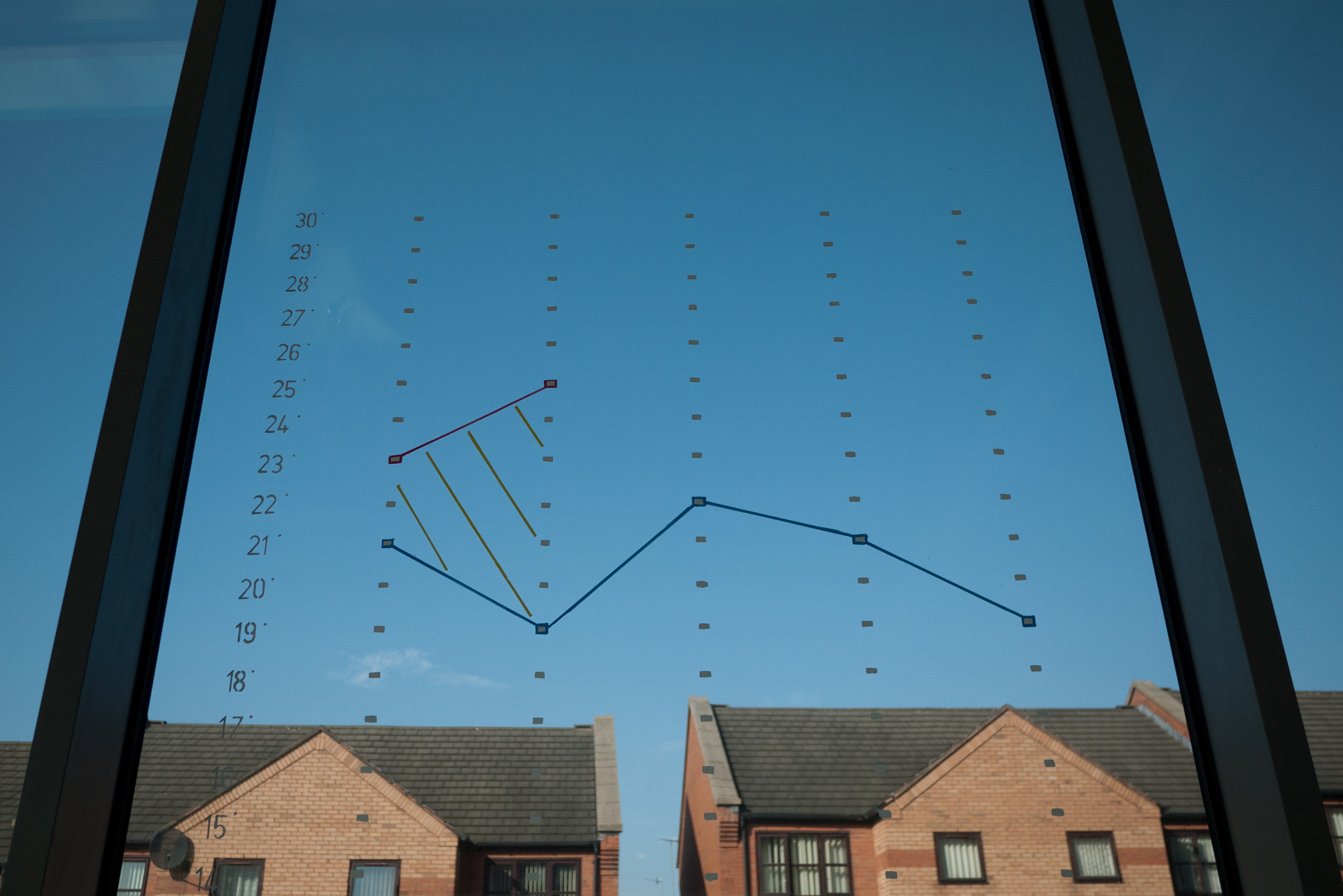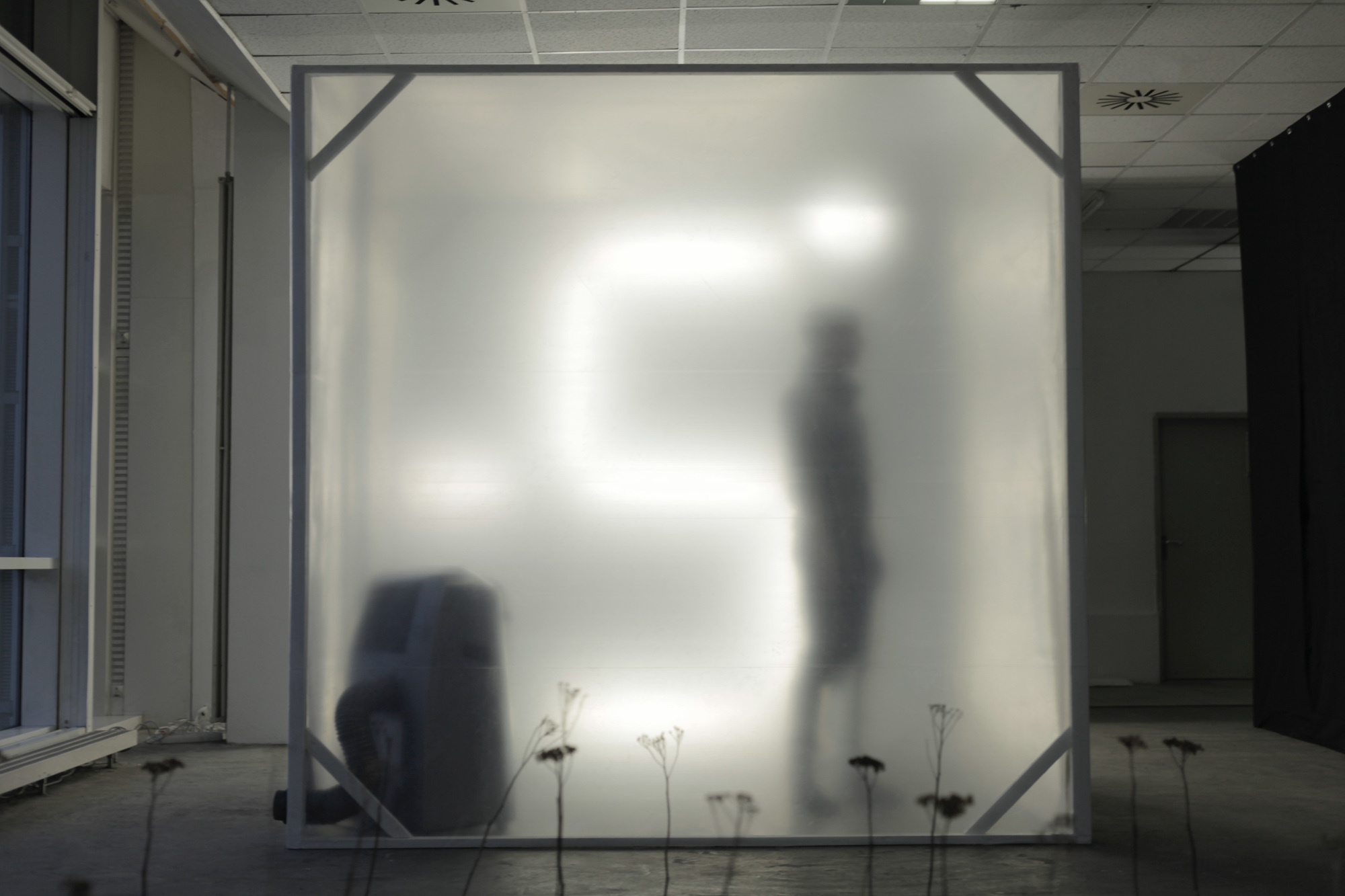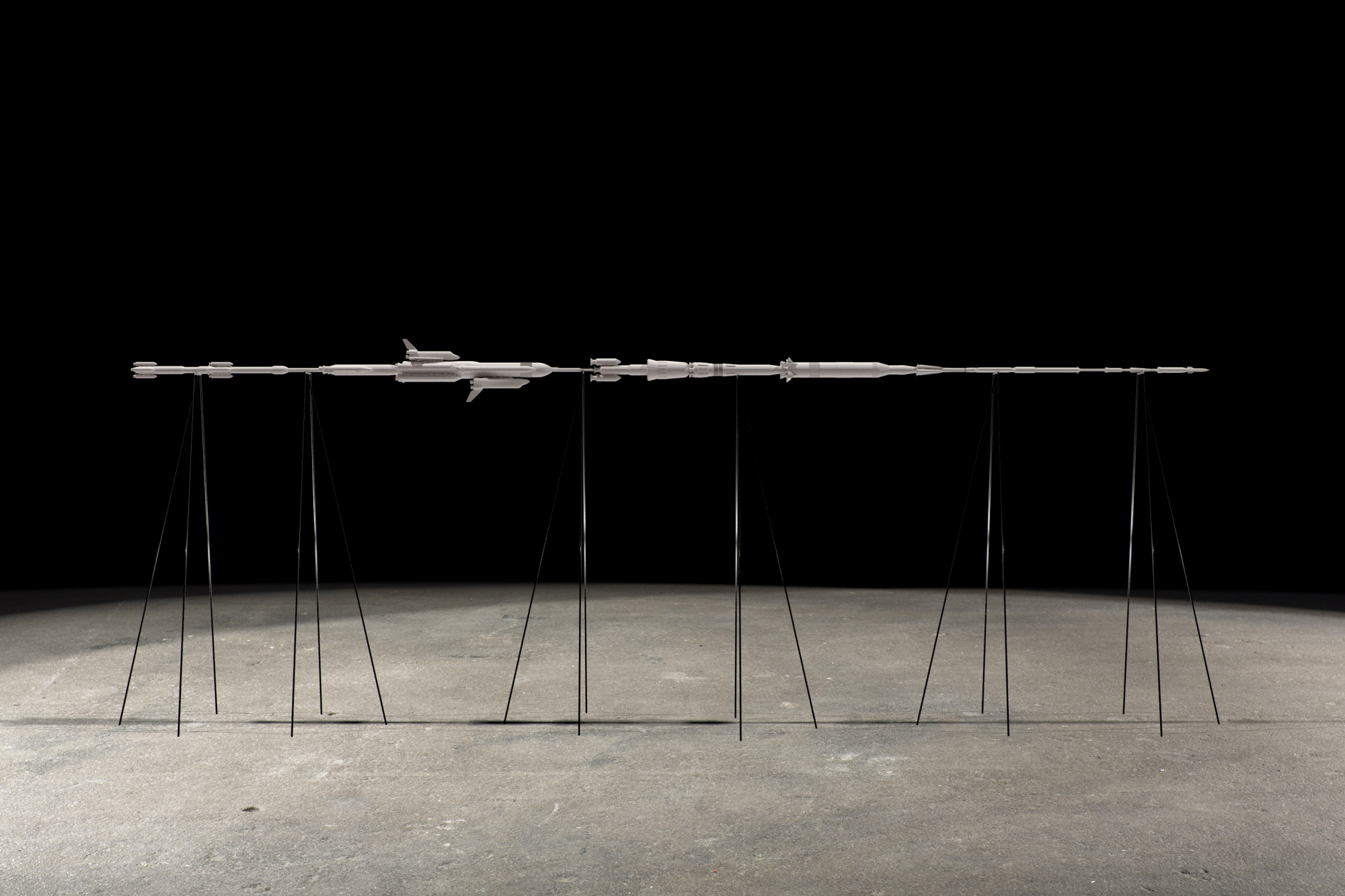2013
C-Type prints (1000mm x 1000mm), diagram (620mm x 620mm), model (150mm)
In collaboration with Alexandra Daisy Ginsberg and Andrew Stellitano
If humans went on a long-term mission to Mars, would they be taking along all the provisions needed or cultivate the food needed to sustain themselves along the way? Seasons of the Void reacts to proposals by NASA and others to use synthetic biology as a means of producing food in space by designing organisms that are able to perform electrosynthesis rather than photosynthesis.
Electricity flows through a dark tank that is connected to the solar panels of the spaceship. Inside, two symbiotic cultures of modified yeast are feeding on it, forming spherical fruit-like shapes in microgravity – a radical departure from how most life on Earth converts energy.
Cut open, a harvested fruit reveals a structure that resembles the growth rings of a tree. It represents a record of the 377 days of the journey and the diminishing power of the Sun. The magnetic field within the tank, distorted by spikes in the solar weather, a brief moment in the shadow of Venus that momentarily halted the growth and small streaks in the fruit, left by cosmic rays.
Growing food on a trip to Mars, astronauts would become farmers of the void as much as its explorers – their ship constituting a celestial body in its own right as the artificial ecosystem it harbors performs an orbit around the Sun.







